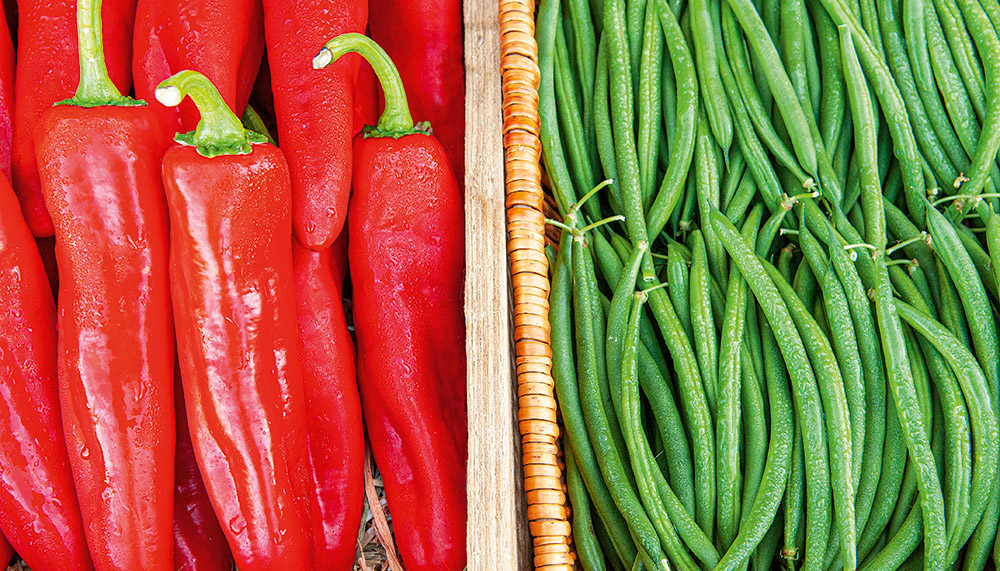Australia’s innovative vegetable growers are part of a $4.8 billion industry.
Story + photo Ken Eastwood
As you munch on a carrot, bean, potato or tomato tonight, spare a thought for asparagus growers. After three or four years of waiting for their first crop, these growers have to move quickly. The asparagus spears are ready in an instant – each one growing up to 2cm an hour and quickly reaching the perfect length.
“The harvesting window is sometimes just half an hour,” says Christian Raffa, third-generation veggie grower at Koo Wee Rup, Vic. “But it’s very sensitive to the weather. If you get a few days in September that are cold, wet and windy, it’ll stop growing.”
In that small window when asparagus is at its prime, the pickers move in, wielding harvesting tools they’ve manufactured themselves – flat blades attached to golf-club handles to minimise bending down while cutting. Every spear is cut individually and then held separately in the fingers – not bunched together – because they’re so delicate. “It’s complicated, it’s labour-intensive and the costs are very high,” says Christian’s wife Rosie.
Their family business, Raffa Fields, grows over 300ha of asparagus, and is one of the top three biggest growers in the country, with 90% of Australia’s crop coming out of Koo Wee Rup. The main crop is harvested August to mid-December, with a smaller summer crop from January to April. Australia’s growers export half of their total of 8000 tonnes of asparagus (and it is usually one of our highest-value vegetable exports for its weight, generating about $30 million), but out of season we import about the same amount from Mexico, Peru and North America.
Thanks to a Coles Nurture Fund grant, Raffa Fields will soon trial igloo-like climate-controlled polytunnels to extend the season, and potentially reduce the amount we import. “Overseas, they can grow asparagus in near-freezing conditions,” Christian says. “If this trial is successful, we’ll be able to heat up the ground earlier so we can have production in the middle of the year.”
Asparagus is just one of more than 100 diverse vegetables Australia grows commercially across the country, from crisp lettuces to root vegetables, and broccolini to the export-only pumpkin kabocha. “We produce 52 weeks of the year, with major production regions from north-west WA to south-eastern Tasmania,” says Michael Coote, CEO of industry body AUSVEG. “Our growers are hardworking, down-to-earth people that grow a healthy, high-quality product that nearly every single Australian eats every week.”
In the year to June 2020, some 2300 farms produced 3.7 million tonnes of veggies worth $4.85 billion – about 6% of Australia’s total agricultural production. Potatoes, tomatoes, carrots and onions are the big four in terms of tonnage, with head lettuce not far behind. Like most of the world, more than 90% of our fresh veggie production is consumed domestically, and our exports to more than 50 countries earns around $276 million. Last year we exported more than 64,000 tonnes of carrots to the Middle East, alone, and 36,000 tonnes of potatoes to Asia.
This story excerpt is from Issue #139
Outback Magazine: October/November 2021










